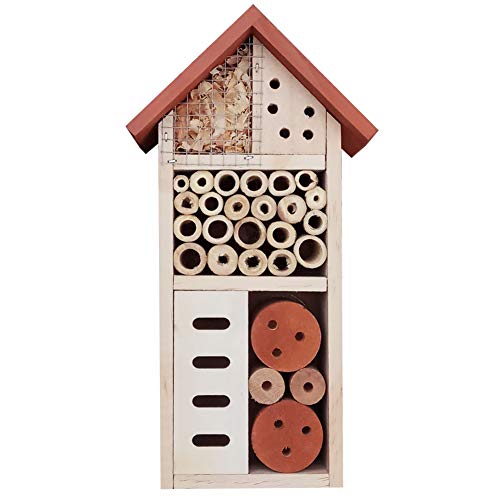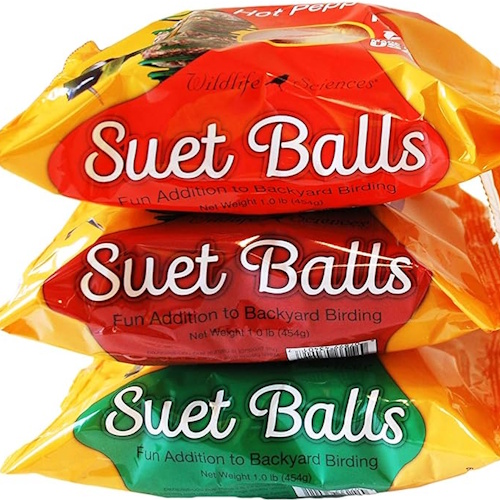Wildlife Experts Urge Gardeners Not to Over-Tidy Yards This Fall – Discover the Vital Debris to Provide Shelter for Hibernating Frogs, Insects, and Reptiles
Being too keen to tidy can take away essential resources for the wildlife seeking refuge in your yard
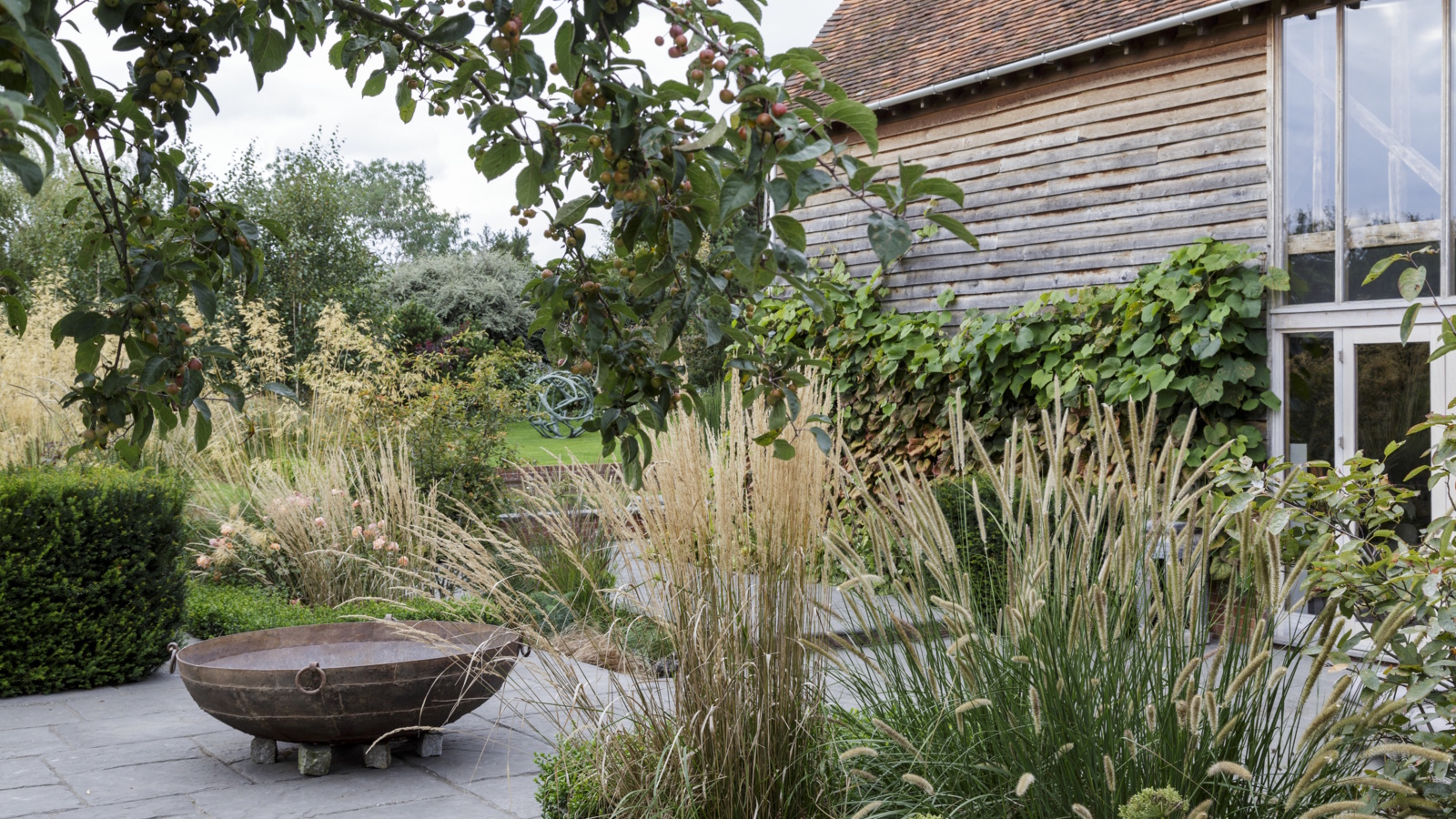

I don't know about you, but now the fall months are here my attention has turned to a yard tidy up. With fallen leaves everywhere, spent blooms hanging onto their last days, and my lawn needing a last mow before winter, it's not looking the neatest out there right now. But, I'm restraining myself from doing a complete overhaul, as over-tidying your yard in fall is bad for hibernating wildlife.
It's something you should keep in mind if you want to prioritize eco-friendly garden ideas in your yard and if you have a wildlife garden that gets lots of visitors. More specifically, the likes of hibernating frogs, reptiles, and even some insects can be affected by the removal of garden debris during hibernation season.
This does pose the problem of knowing just how much to tidy in your yard in fall and what you should leave be. To help you out, I've gathered advice from wildlife experts who share why over-tidying your yard in fall is bad for hibernating wildlife, which creatures are affected, and what you should leave in place for them.
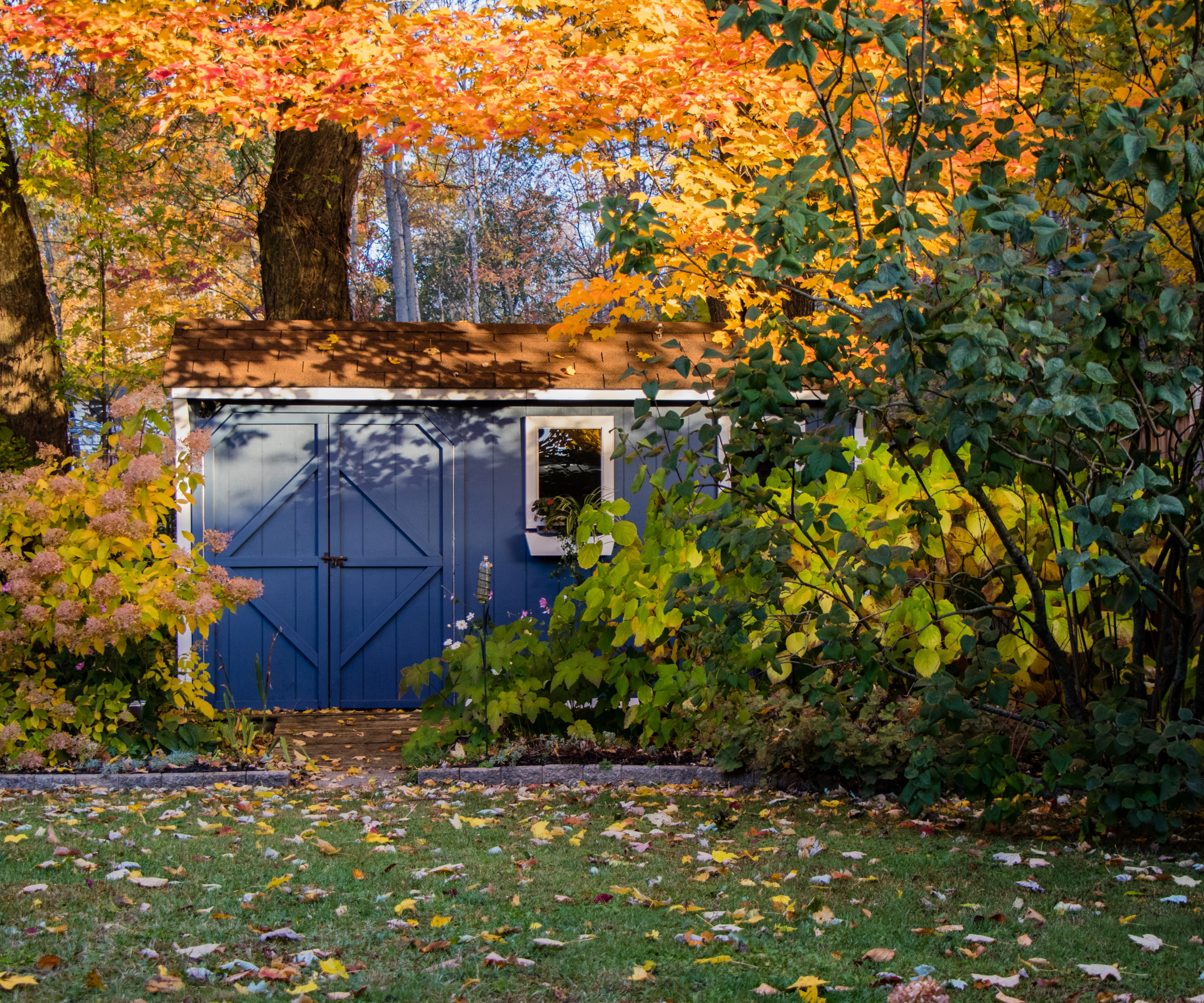
Why Over-Tidying Your Yard is Bad for Hibernating Wildlife
Before jumping in with the details of why you should avoid over-tidying your yard this fall, you may be wondering which wildlife tend to hibernate in a yard setting.
Of course, there is a large number of animals and insects that hibernate (or perform a similar form of overwintering) in gardens come winter, but to name a few of the most common in US backyards:
- Frogs and toads
- Reptiles, like snakes and lizards
- Ladybugs
- Some types of bees and butterflies
What to Leave in Your Yard for Hibernating Wildlife
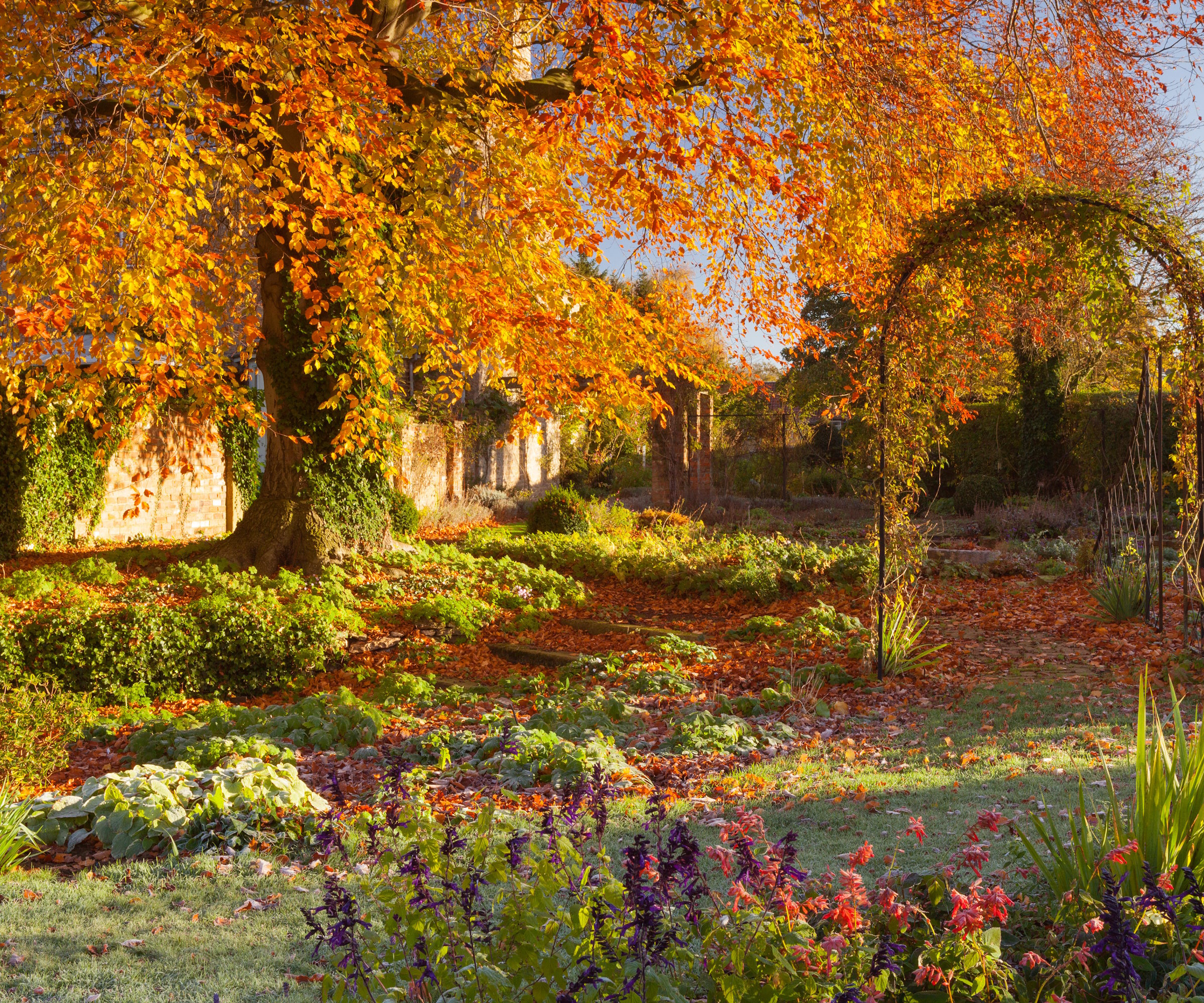
'In the fall, after everything has bloomed and the leaves are falling, the left behind organic material becomes critical and needed habitats for hundreds of different species,' says David M. Burrows from pollinator project company, Arkearth.
David notes the number one way to stop over-tidying in fall for hibernating wildlife is not collecting all fallen leaves. The likes of toads often hibernate under leaf piles, even covering the entrance of their burrows with fallen leaves.
Design expertise in your inbox – from inspiring decorating ideas and beautiful celebrity homes to practical gardening advice and shopping round-ups.
Likewise, beneficial insects and important pollinators like ladybugs and some butterflies (like the Mourning Cloak butterfly) may cluster under fallen leaf piles. Even queen bumblebees use fallen leaves for protection when hibernating by burrowing solitary in loose soil.
Of course, if you aren't keen to have leaves strewn all over your yard, you can create specific wildlife leaf piles. Do this by using this leaf collector from Amazon and creating intention piles for wildlife in desired spots of your yard.
As for dead plant matter, like logs and woody stems, it may surprise you to learn it's the perfect spot for mason bees and carpenter ants to settle down for the coldest months.
'They make holes in decaying fallen limbs and logs. These features become a safe haven for dozens of insect species for the cold months of winter,' David says. 'The holes and cavities in deadwood are like apartments where bees, caterpillars, ladybugs, and eggs are kept safe for spring,' he explains.
The same goes for many of the best plants for seedheads and spent blooms.
'Hollow stems are winter homes for bees,' notes Siobhan Shaw, sustainable gardening expert and founder of Growing to Give. 'Plus, on a frosty morning they catch the light in a way that is surprisingly beautiful,' she adds.
And while it is important for lawn health to do a final mow before winter, allowing it to remain long in some areas is vital for wildlife overwintering in your yard.
'Letting some areas of grass grow a little longer can support local wildlife by offering cover for insects, frogs, and small mammals looking for shelter,' says wildlife expert and co-host of Mutual of Omaha's Wild Kingdom, Peter Gros.
'Even just leaving a patch or two to grow wild can make a big difference. You’ll be amazed how quickly nature moves back in when we give it a little space,' he says.
FAQs
Do All Birds Hibernate?
No, the majority of birds do not hibernate. The one exception is the Common Poorwill, a North American nightjar. Instead, the majority of birds migrate to southern regions where it's warmer. This includes the hummingbird migration, and there are actually lots of ways you can help overwintering hummingbirds.
Now that you know why over-tidying your yard in fall is bad for hibernating wildlife, you might be keen to also help and attract wildlife to your yard in fall. There are lots of things you can do, including incorporating the below features:
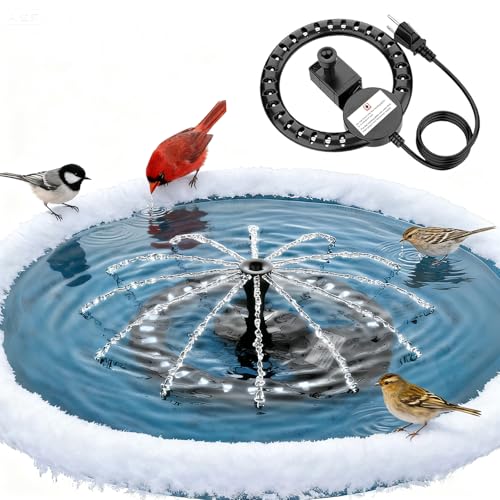
Use this bird bath heater to stop your bird bath freezing in winter. Birds still need water for bathing and hydration during the coldest months.

David M Burrows has 25+ years in start-ups for B2B and B2C concepts and he launched his latest in 2021 with his wife Margaret. Hivessence is an organic, sustainable honey-infused selfcare brand that works to save bees and other pollinators via Pollination Accelerator projects deployed by their non-profit Arkearth. It aims to save honeybees, butterflies, hummingbirds, moths, bats, and other pollinating species via a series of sustainable projects.

Siobhan is the co-founder of Growing to Give, a dynamic global nonprofit dedicated to transforming community-focused food security and agriculture through sustainable farming and gardening practices. Siobhan is a passionate advocate for women's empowerment in agriculture, mentoring women who aspire to careers in the field. Siobhan also continues her decades of podcasting as the host and co-producer of the health and well-being podcast titled Real Talk.
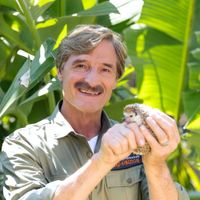
Peter Gros is a veteran wildlife expert who shares his love for wildlife and wilderness with families and children throughout the country. He has nearly 30 years of field experience with wildlife and has been a part of Mutual of Omaha’s Wild Kingdom since 1985.

Tenielle is a Gardens Content Editor at Homes & Gardens. She holds a qualification in MA Magazine Journalism and has over six years of journalistic experience. Before coming to Homes & Gardens, Tenielle was in the editorial department at the Royal Horticultural Society and worked on The Garden magazine. As our in-house houseplant expert, Tenielle writes on a range of solutions to houseplant problems, as well as other 'how to' guides, inspiring garden projects, and the latest gardening news. When she isn't writing, Tenielle can be found propagating her ever-growing collection of indoor plants, helping others overcome common houseplant pests and diseases, volunteering at a local gardening club, and attending gardening workshops, like a composting masterclass.
You must confirm your public display name before commenting
Please logout and then login again, you will then be prompted to enter your display name.
